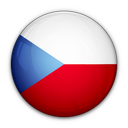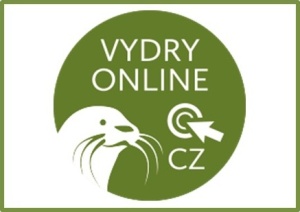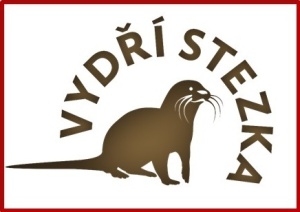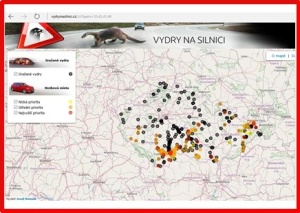Eurasian otter
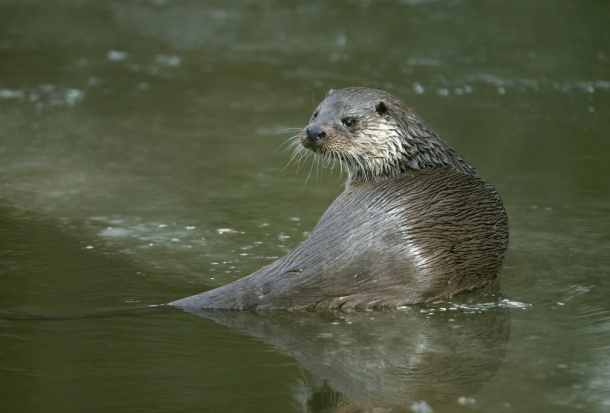
The Eurasian otter (Lutra lutra) is our flag species. We have dedicated our time into researching them since the organisation was founded.
Description
The Eurasian otter is a mustelid, well adapted for life in the water. Their bodies are elongated, with a long tail serving as a rudder, and they have short legs with webbed feet. They have high quality thick fur, which is important for life in the water, almost 50,000 hairs per 1 cm2! Average body length is between 57-80cm, weight 6-17kg and body colour is mostly coffee brown to grey with the underside of the body a light grey to white. They have long whiskers for orientation underwater, in muddy water, or in burrows.
Environment
Otters use a diverse range of water habitats such as streams, rivers, ponds and reservoirs, as well as wetlands and irrigation channels. In addition to these, otters need suitable and safe land based shelters. These areas are used to rest, sleep, nurture and protect against the weather or predators. Each individual needs several surface and subsurface shelters. It is not uncommon for otters to travel considerable distances on land, such as between basins or ponds.
Behaviour
Apart from family groups of mothers with their young, otters are solitary animals. The territories, however, may overlap. This is only the case with members of the opposite sex as same-sex individuals generally avoid each other. The expect to this case is when there is low food availiablity, where several individuals may feed in the same place. Otters communicate through scent marking, primarily with faeces but also with urine and their anal glands.
Otters will mate throughout the year, but females generally give birth from May-August after a 59-63 day gestation period. Young otters will be looked after solely by their mothers, and will stay with her until the age of eight months to a year. After this, the will become independent and seek their own territories.
Food
The composition of an otter’s diet varies during the seasons and across habitats. In general, fish make up (on average) about three quarters of the diet, but in some areas where fish are less abundant, otters will also feed on amphibians, reptiles, small mammals, birds, crustaceans and insects.
Websites
Further detailed information about the otter can be found on our dedicated otter specific:
This website is intended for the professional public and fishermen. It contains up-to-date information about the otter in the Czech Republic. We have included: the effect of otters on fish populations, road mortality, Q&As, photos, a library and the ‘Bulletin Vydra’.
This website is designed for the general public and contains general information about otters, the Dyje trail from Dacice to Staré Hobzí and other information which can also be used for educational purposes in schools.
We have also created an online map application for professionals, especially nature conservation and local authorities, to use. All notifications of otter deaths on the roads in the Czech Republic are reported here alongside descriptions of risk spots. We also provide a technical solution to reduce the risk of incidents.
Literature
We have published many articles regarding the otter. You can read these in our publications section here.
Projects
We have some long-term projects involving otters which you can read about here.
